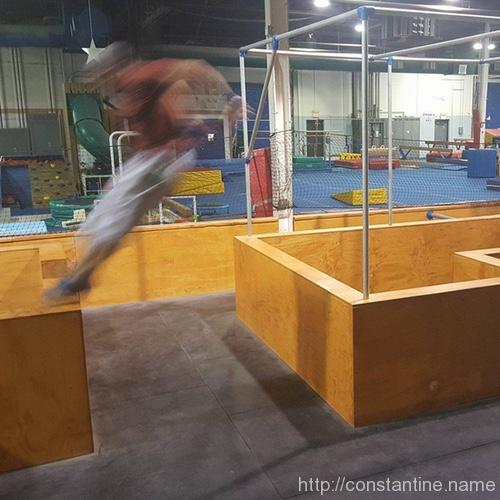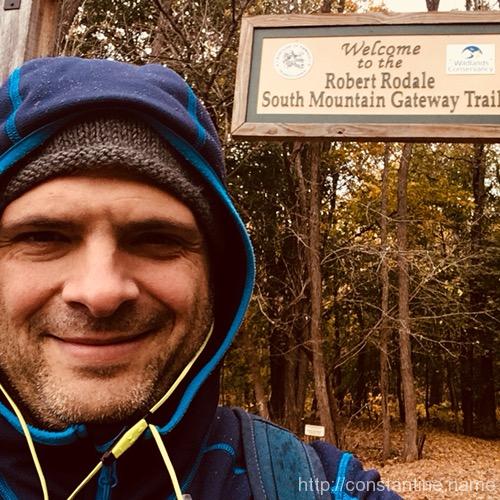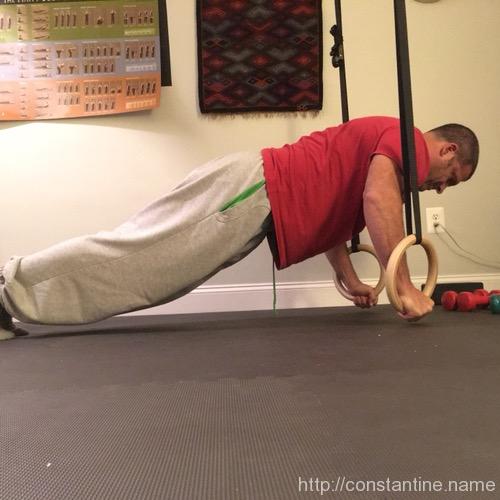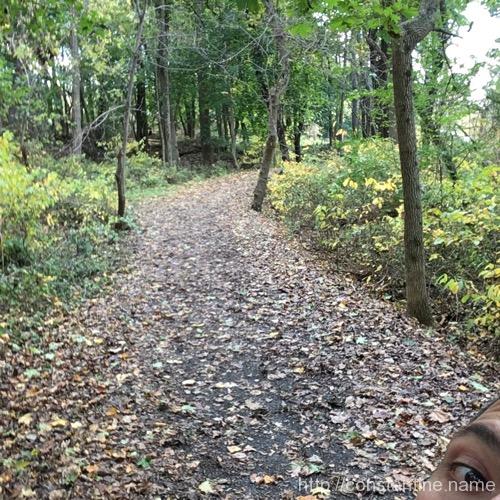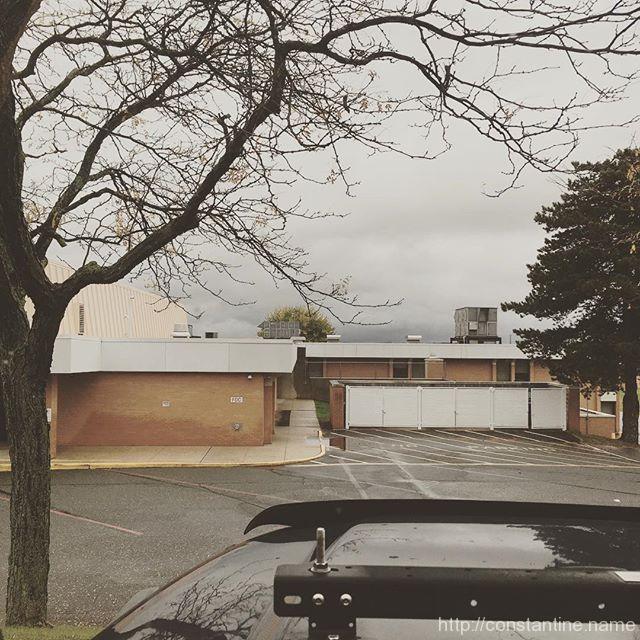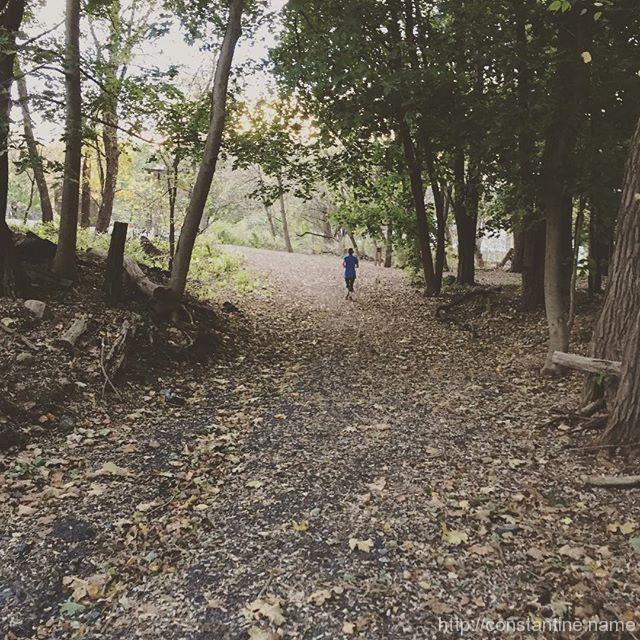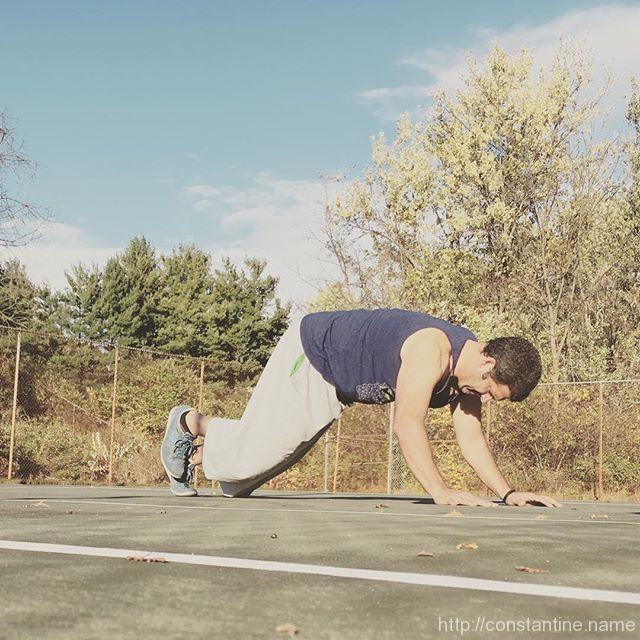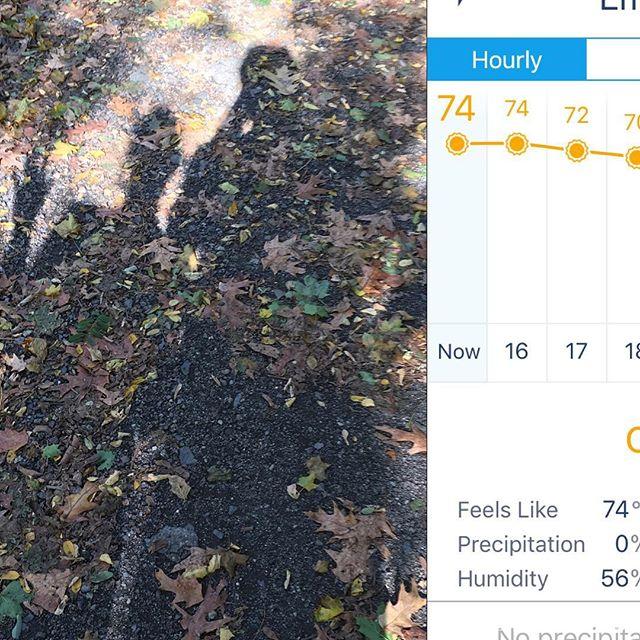(Part 1 of 11 in series, A Tracer's Manifesto)
( In late 2016 I began a small discussion with a few friends about an idea. Eventually the project became a web site [now gone] and this series contains the posts from that site. The project continues in the Parkour Forum. )
Originally published Nov 28, 2016
[The following is a direct quote of what I initially wrote. Some of it is already supplanted as I write this.]
I don’t recall who (if anyone) I discussed the following idea with, but it has again bubbled to the surface of my brain: Let’s create a Code of Conduct for parkour/ADD. I’m envisioning a very simple web site; Just a sort of billboard that says this is the Code of Conduct. Then we start grass-roots spreading the word and expecting that every group/team step up to support this CoC by mentioning/linking to the CoC.
At first I thought of making it more complicated by having individuals register (with a closed loop email signup), or having people contact us (uh, me I suppose) to add back-links when they link… but then I thought. Nah. All it needs is to be a bit of a community discussion to settle on the Code (many such codes already exist, shouldn’t be too different for parkour/ADD). Then we enlist a few people to translate it into a few languages, and we put it up.
Thoughts? I know it’s doable… but I’m wondering if it’s *useful*…
META
In late 2016 I began a small discussion with a few friends about this thought. The discussion went — roughly — in three directions, and I wanted to lay this out here to begin a history of the project:
Goal – Discussion of what are we trying to create with this project; What is the concrete, objective thing we are creating? How do we define success; Is it creation of some artifact (a “code” of ethics/conduct?), or is it to reach some level of “adoption” of it?
Code – The most difficult part of the project. Statements of ethics are inherently complex and there is an enormously wide range of scope available. Part of this project will involve sorting out the “height of the bar”; The more complex a social/moral concept embodied in a statement, the more discussion and dissent will be evoked. We will have to balance the desire for achieving wide-spread, grass-roots adoption of the “code” against how far onto the moral high-ground the code sits.
Technology – What technologies, formats and forums are we to use for this project. We’re beginning in a “secret” Facebook group, but I expect to quickly outgrow this forum. I expect we’ll ultimately have to produce a web site to house the finished product, and I hope that can also include a narrative (aka “blog”) capturing the discussions and process. The later point being another reason I want to move “out” of a Facebook group asap, so we can capture as much of the discussion, permanently outside of FB.
ɕ
